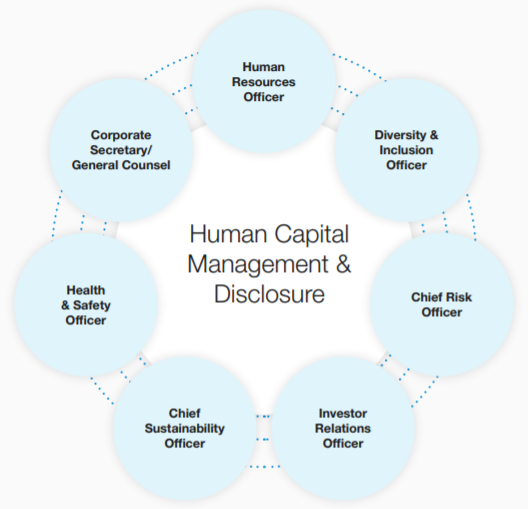The most tangible way to understand the increasing importance of the ESG field (Environmental, Social and Corporate Governance) is to review the focus ESG is now receiving from the financial markets.
Consider the world’s largest asset manager, BlackRock, with over $8.5 trillion in assets under management. It’s likely your retirement investments contain some BlackRock funds and your company is invested in by BlackRock. Larry Fink, the CEO of BlackRock, is well known for his growing interest in ESG, embedding it into BlackRock’s investment strategy and his annual letter to CEOs articulating BlackRock’s ESG expectations.
BlackRock’s 2021 CEO letter mentioned the Task Force on Climate-related Financial Disclosures (TCFD) and the Sustainability Accounting Standards Board (SASB) for the second year. In other publications, BlackRock updated its Investment Stewardship Engagement Priorities, including their report “Our approach to engagement on human capital management,” which lays out what BlackRock expects of Boards and Management Teams as they work to retain and attract talent. It’s in this 4-page document where you can start to see how health and safety is a part of the larger human capital management discussion.
TCFD is about climate risk, so we’ll table that and turn to sustainability standards and reporting. SASB was founded in 2011 and took a focused look at the financial market’s interest in and use of ESG data. They documented over 550 companies reporting on the SASB Standards in 2020, and over 1,100 mentions of SASB in company disclosures. Of course, the most well known and most widely adopted sustainability standard is the GRI, aka – the Global Reporting Initiative, which was founded in 1997. Close to 80% of S&P 500 companies report with some influence from the GRI standards; and according to GRI’s Disclosure Database, close to 40,000 GRI reports exist in the public domain.
These developments mean there is a significant amount of ESG information in the public domain due to the voluntary reporting of many of the world’s largest companies. Many of these reports contain leading examples of human capital management and how companies are taking care of their people from Diversity, Equity and Inclusion (DE&I), to wellness and wellbeing, to occupational health and safety.
The ‘human element’ is becoming more prominent in ESG reporting, with investors recognizing the connection between human capital management and financial performance. This focus goes beyond the traditional notion of ‘keeping people safe,’ expanding to include a focus on leadership and cultural change, as well as embedding concepts such as psychological safety, the ‘whole person’ perspective, and investment in workers’ wellness outside of work. Much more information is available in the SustainAbility Institute (an ERM company) report: Everyone Benefits: Connecting health and safety and human capital, January 2021. Your health and safety expertise is needed in the C-suite to help executives respond to the growing demand for human capital management information. Historically, human capital management has often been perceived as a human resources mandate. However, a cross-functional approach is critical, see the graphic below. Professionals in the health and safety function can bring extensive experience in the systems and processes supporting human capital management, including operating models, management frameworks and an increasing focus on holistic health. Leveraging this experience can allow health and safety professionals to become even better connected to corporate human capital strategies.
Written by: Mike Wallace – Partner, ERM & Strategic Adviser, Capitals Coalition
The views expressed in this blog post are that of the author and do not necessarily represent the opinions of the Campbell Institute nor the National Safety Council.


Add Comment